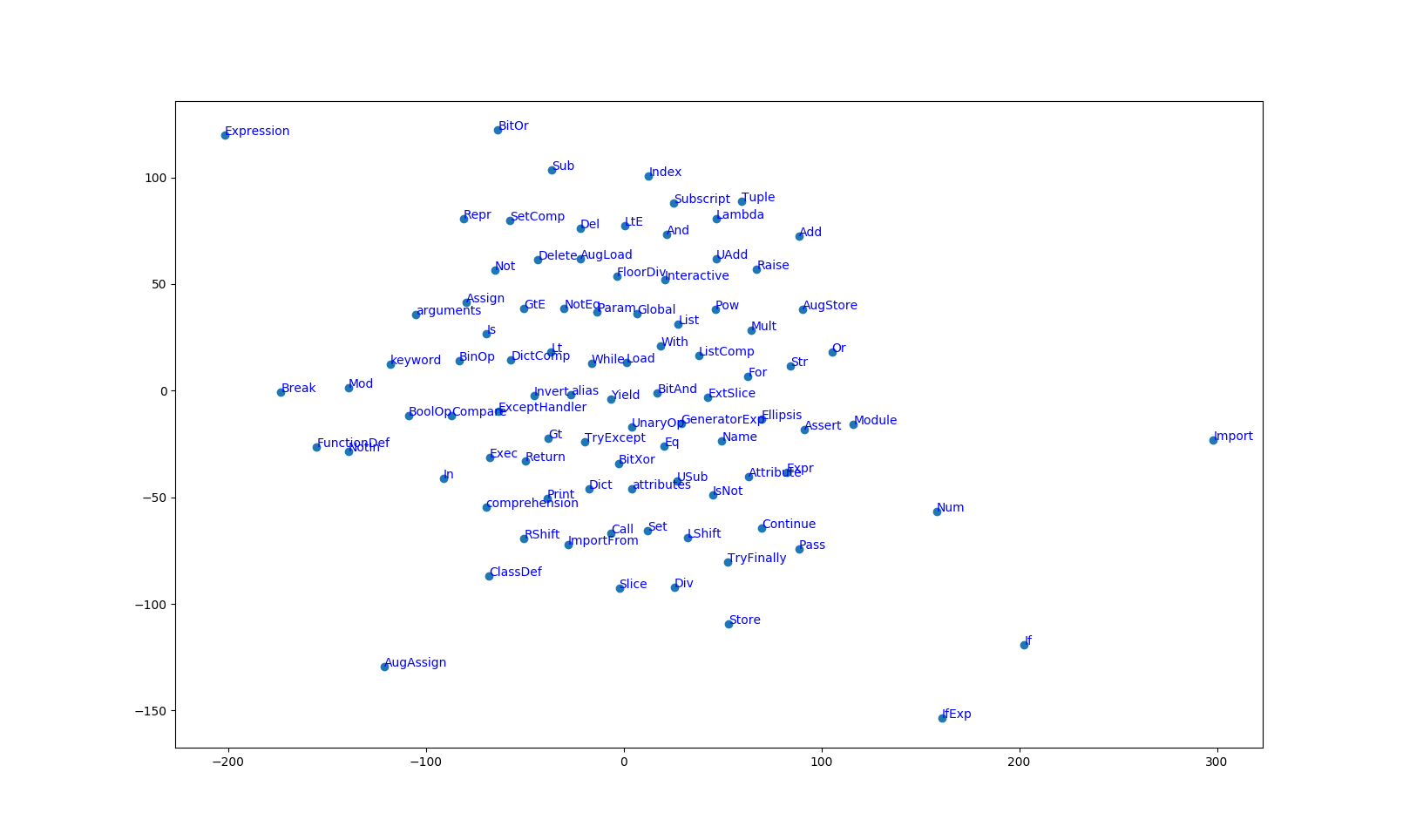Building Program Vector Representations for Deep Learning
Deep learning has made significant breakthroughs in various fields of artificial intelligence. Advantages of deep learning include the ability to capture highly complicated features, weak involvement of human engineering, etc. However, it is still virtually impossible to use deep learning to analyze programs since deep architectures cannot be trained effectively with pure back propagation. In this pioneering paper, we propose the "coding criterion" to build program vector representations, which are the premise of deep learning for program analysis. Our representation learning approach directly makes deep learning a reality in this new field. We evaluate the learned vector representations both qualitatively and quantitatively. We conclude, based on the experiments, the coding criterion is successful in building program representations. To evaluate whether deep learning is beneficial for program analysis, we feed the representations to deep neural networks, and achieve higher accuracy in the program classification task than "shallow" methods, such as logistic regression and the support vector machine. This result confirms the feasibility of deep learning to analyze programs. It also gives primary evidence of its success in this new field. We believe deep learning will become an outstanding technique for program analysis in the near future.
PDF Abstract
